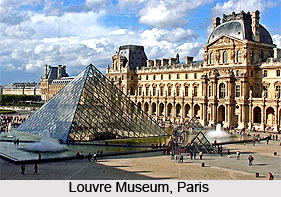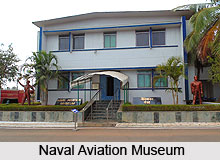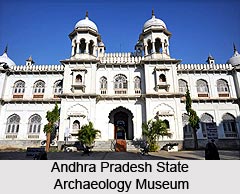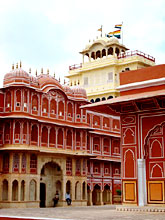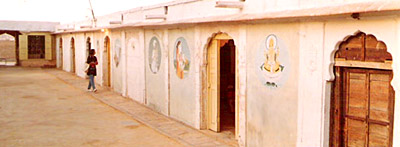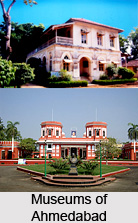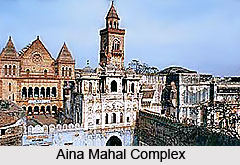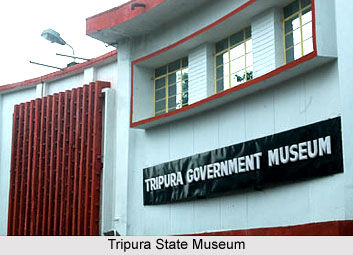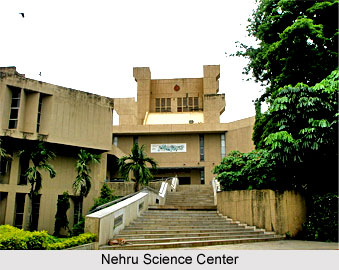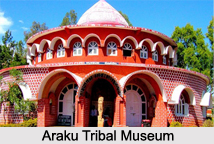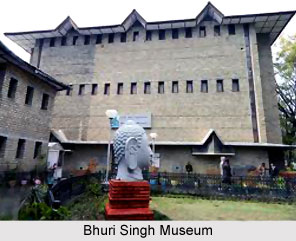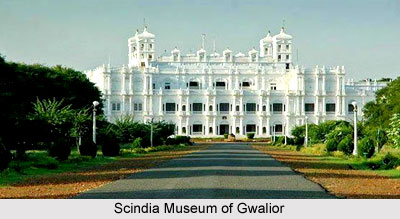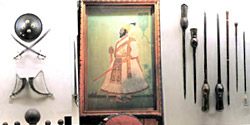 Chhatrapati Shivaji Maharaj Vastu Sangrahalaya (CSMVS), formerly known as the Prince of Wales Museum of Western India, showcase India`s rich history and cultural heritage. Located in Mumbai, this museum chronicles India`s journey from prehistoric times to the modern era.
Chhatrapati Shivaji Maharaj Vastu Sangrahalaya (CSMVS), formerly known as the Prince of Wales Museum of Western India, showcase India`s rich history and cultural heritage. Located in Mumbai, this museum chronicles India`s journey from prehistoric times to the modern era.
History of Chhatrapati Shivaji Maharaj Vastu Sangrahalaya
The foundation stone of the museum was laid by the Prince of Wales in 1905, during British rule in India. It was established to commemorate his visit and was funded by various contributions, including generous donations from prominent citizens like Sir Currimbhoy Ibrahim and Sir Cowasji Jehangir. Designed by architect George Wittet, the museum`s construction was completed in 1915, but it served as a Children`s Welfare Centre and Military Hospital during World War I. Finally, in 1922, it was inaugurated as the Prince of Wales Museum. In 1998, the museum was renamed CSMVS in honor of Chhatrapati Shivaji Maharaj, the revered founder of the Maratha Empire.
Architecture of Chhatrapati Shivaji Maharaj Vastu Sangrahalaya
The museum`s architectural style reflects a fusion of Indo-Saracenic influences, incorporating elements from various Indian architectural traditions such as Mughal, Maratha, and Jain. Built with locally quarried basalt and trachyte stone, the structure boasts a distinctive three-storied rectangular design crowned with a dome. Its intricate details, including Islamic domes and Mughal-inspired balconies, showcase the architectural brilliance of George Wittet. Recent modernization efforts have expanded the museum`s space, adding new galleries, a conservation studio, and a library.
Collections at Chhatrapati Shivaji Maharaj Vastu Sangrahalaya
CSMVS houses an extensive collection of approximately 50,000 artifacts, spanning art, archaeology, and natural history. The art section boasts diverse treasures, including miniature paintings representing various Indian schools, ivory artifacts dating back to the Gupta era, and European, Chinese, and Japanese artworks. The archaeological section showcases sculptures, coins, and artifacts from ancient Indian civilizations like the Indus Valley culture, Gupta, Chalukya, and Rashtrakuta periods. Additionally, the natural history section, developed with assistance from the Bombay Natural History Society, features dioramas and exhibits illustrating India`s rich wildlife.
Notable Exhibits at Chhatrapati Shivaji Maharaj Vastu Sangrahalaya
Among its many highlights, the museum features the Karl and Meherbai Khandalavala collection, renowned for its exquisite art pieces. Visitors can also marvel at the museum`s collection of arms and armor, including Akbar`s finely decorated armor dating back to 1581 CE. Furthermore, the Maritime Heritage Gallery offers a unique glimpse into India`s seafaring history. Recent additions include galleries dedicated to Indian textiles, prints, and traditional jewelry, providing visitors with a comprehensive cultural experience.
Developments at Chhatrapati Shivaji Maharaj Vastu Sangrahalaya
The museum continues to evolve, with ongoing projects aimed at enhancing visitor experiences. Initiatives such as the Indian miniature painting gallery, designed to accommodate visually impaired visitors with Braille texts and tactile labels, highlight the museum`s commitment to accessibility and inclusivity. Additionally, plans for a new gallery on traditional Indian jewelry further enrich the museum`s offerings, promising exciting discoveries for future visitors.
Chhatrapati Shivaji Maharaj Vastu Sangrahalaya reflects India`s rich heritage, offering visitors a journey through time and culture. From its inception during the colonial era to its modern-day endeavors in accessibility and innovation, the museum remains a cherished cultural institution, preserving and celebrating India`s diverse legacy for generations to come.
